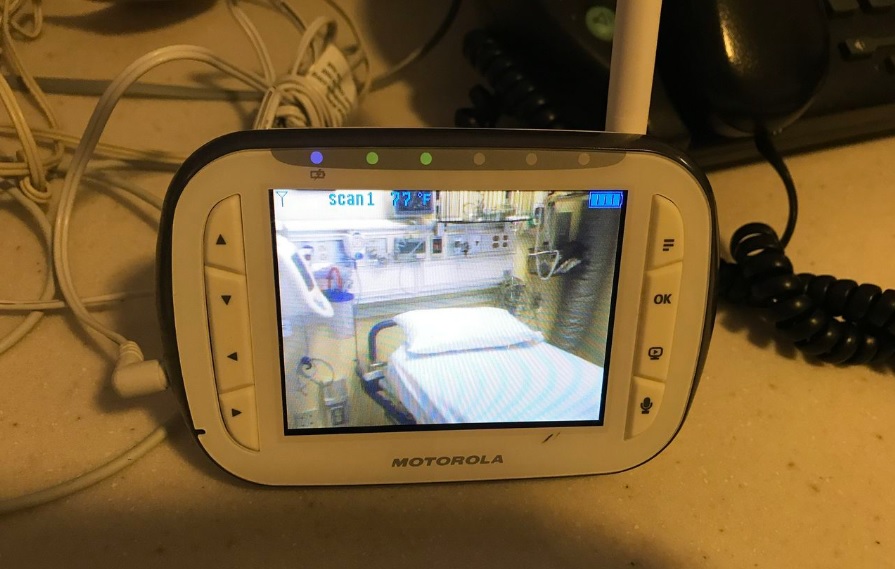New Jersey – The coronavirus CODVID-19 has changed many things, and New Jersey hositals aren’t the exception.
The emergency room at Virtua Our Lady of Lourdes Hospital in Camden is one of those hospitals that is adapting to meet the increasing demand by patients having the coronavirus. Where some patients would have been separated by curtains, there are now cloudy, hard plastic walls. The walls, barely a week old, create six new single-bed rooms as the hospital gears up to fight the coronavirus outbreak that is sweeping New Jersey, particularly the areas more closely linked to New York.
No county wholly in South Jersey has reached a triple-digit number of confirmed cases, according to the latest data from the state Thursday. (Ocean County has 389 confirmed cases).
“We’re about a week away from the mad rush New York is seeing,” said Dr. Al Sacchetti, emergency room director at the Camden hospital. In the meantime, they’ve been getting prepared.
Four of the six ER rooms are receiving negative-pressure air, meaning the air circulated in the room is not released to other parts of the hospital. The other two are guarded with a HEPA air filter, which – just like the N95 respirator masks hospitals have been using with greatly increased frequency – can trap viral particles, Sacchetti said.
The problem? It’s best to keep those rooms airtight, not opening the doors all the time and having nurses going in and out. But the ER nurses at Virtua Lourdes have come up with a solution: baby monitors.
The six rooms are monitored at the same station where the staff can see patients’ vitals like heart rate and blood pressure.
“We can talk to them,” Sacchetti said. “One of [the monitors] even plays five different lullabies.”
Emergency room staffers started bringing them in, and his daughter gave him the monitor she used for her children, Sacchetti said.
The new isolation rooms have no windows, but at least having the monitors lets nurses see patients, if they’re coughing, struggling or trying to get their attention.
“We can’t be in the room with them all the time,” said Frankie Surowicz, an ER nurse. “It’s nerve-wracking leaving someone who’s super sick.”
Without the monitors, “you put somebody in there, you have no idea what’s going on with them,” Sacchetti said.
Neither Sacchetti nor Surowicz were sure exactly who came up with the idea to use baby monitors, but it fits with what’s being seen all across the health care industry right now: repurposing supplies and making do with what’s available.
He heard of an operating room nurse looking to beauty supply stores when she was running low on nursing bonnets, also referred to as scrub caps.
“Never underestimate the ingenuity of a nurse,” he said.

COMMENTS